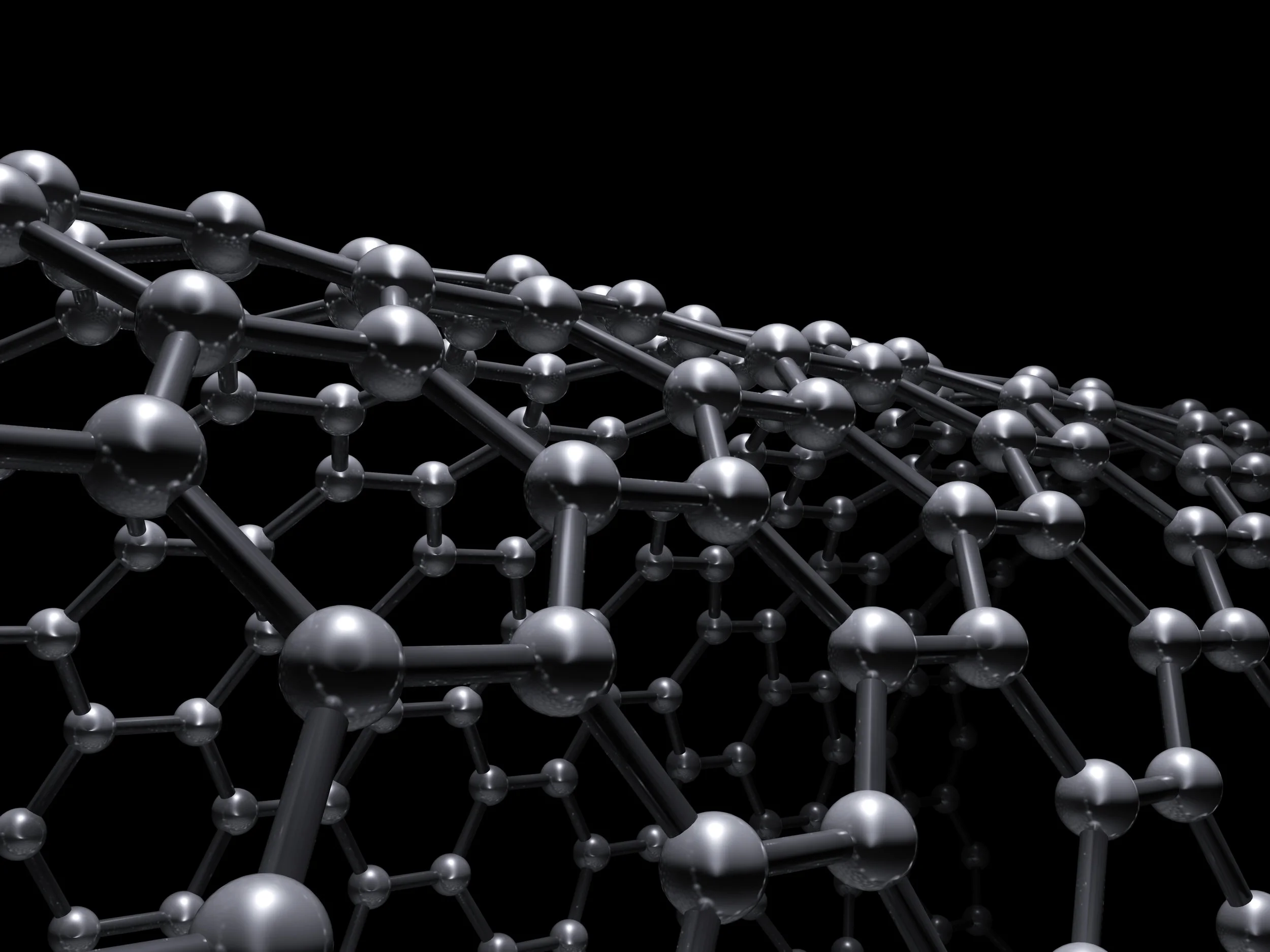Carbon nanotubes mime biology

Cellular membranes serve as an ideal example of a system that is multifunctional, tunable, precise and efficient.
Efforts to mimic these biological wonders haven't always been successful. However, Lawrence Livermore National Laboratory (LLNL) scientists have created polymer-based membranes with 1.5-nanometer carbon nanotube pores that mimic the architecture of cellular membranes. The research appears on the cover of the journal Advanced Materials.
Carbon nanotubes have unique transport properties that can benefit several modern industrial, environmental and biomedical processes—from large-scale water treatment and water desalination to kidney dialysis, sterile filtration and pharmaceutical manufacturing.
Taking inspiration from biology, researchers have pursued robust and scalable synthetic membranes that either incorporate or inherently emulate functional biological transport units. Recent studies demonstrated successful lipid bilayer incorporation of peptide-based nanopores, 3-D membrane cages and large and even complex DNA origami nanopores.
However, LLNL scientists went one step further and combined robust synthetic bloc-copolymer membranes with another LLNL-developed technology: artificial membrane nanopores based on carbon nanotube porins (CNTPs), which are short segments of single-wall carbon nanotubes that form nanometer-scale pores with atomically smooth hydrophobic walls that can transport protons, water and macromolecules, including DNA.
"CNTPs are unique among biomimetic nanopores because carbon nanotubes are robust and highly chemically resistant, which make them amenable for use in a wider range of separation processes, including those requiring harsh environments," said Alex Noy, an LLNL material scientist and senior author on the paper.
The team integrated CNTP channels into polymer membranes, mimicking the structure, architecture and basic functionality of biological membranes in an all-synthetic architecture. Proton and water transport measurements showed that carbon nanotube porins maintain their high permeability in the polymer membrane environment. The scientists demonstrated that CNTPs embedded in polymersomes (a class of artificial vesicles, tiny hollow spheres that enclose a solution) can function as molecular conduits that shuttle small-molecule reagents between vesicular compartments.
"This development opens new opportunities for delivery of molecular reagents to vesicular compartments to initiate confined chemical reactions and mimic the sophisticated transport-mediated behaviors of biological systems," said Jeremy Sanborn, a Lawrence Scholar at LLNL and the first author on the paper.





